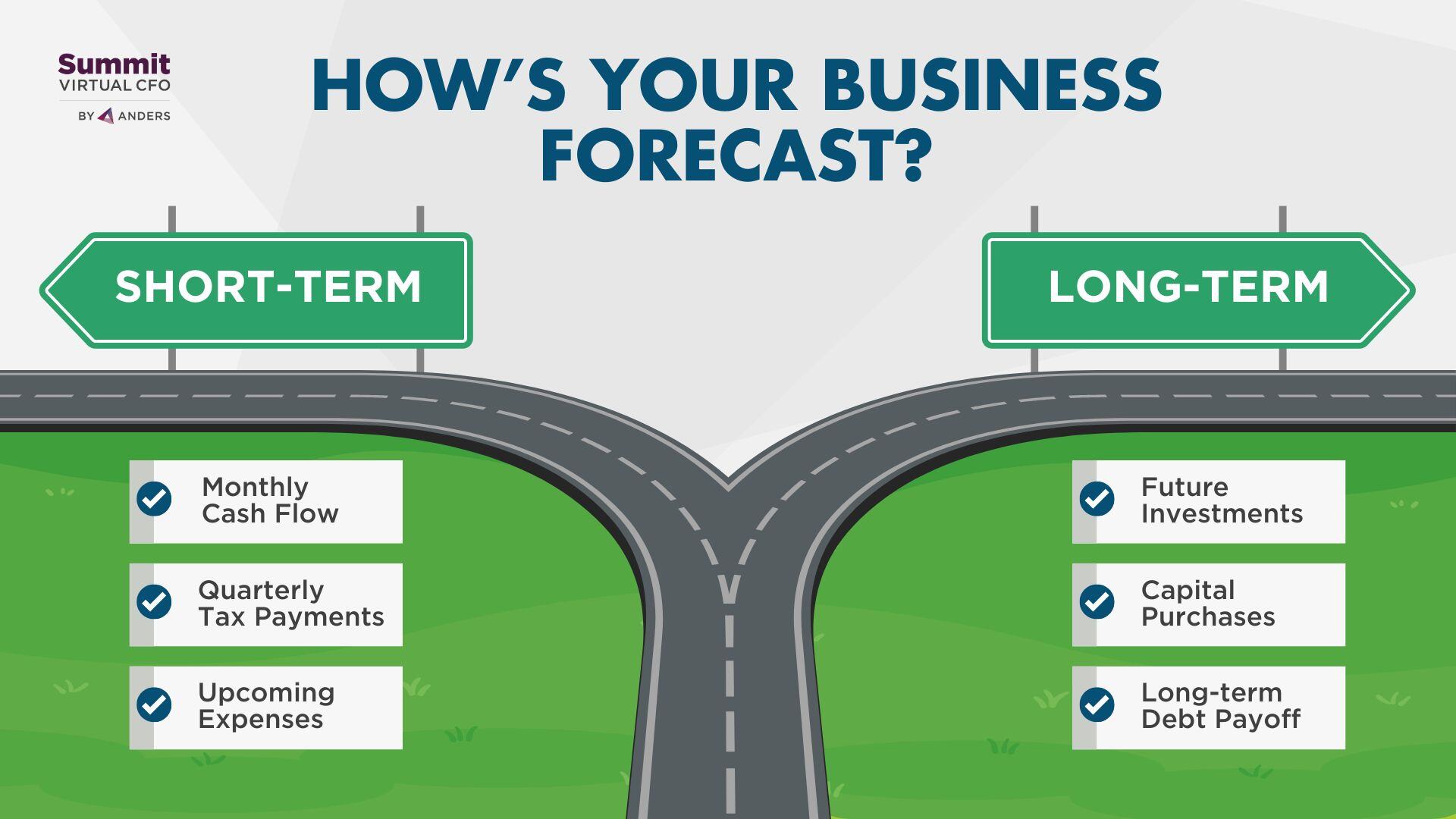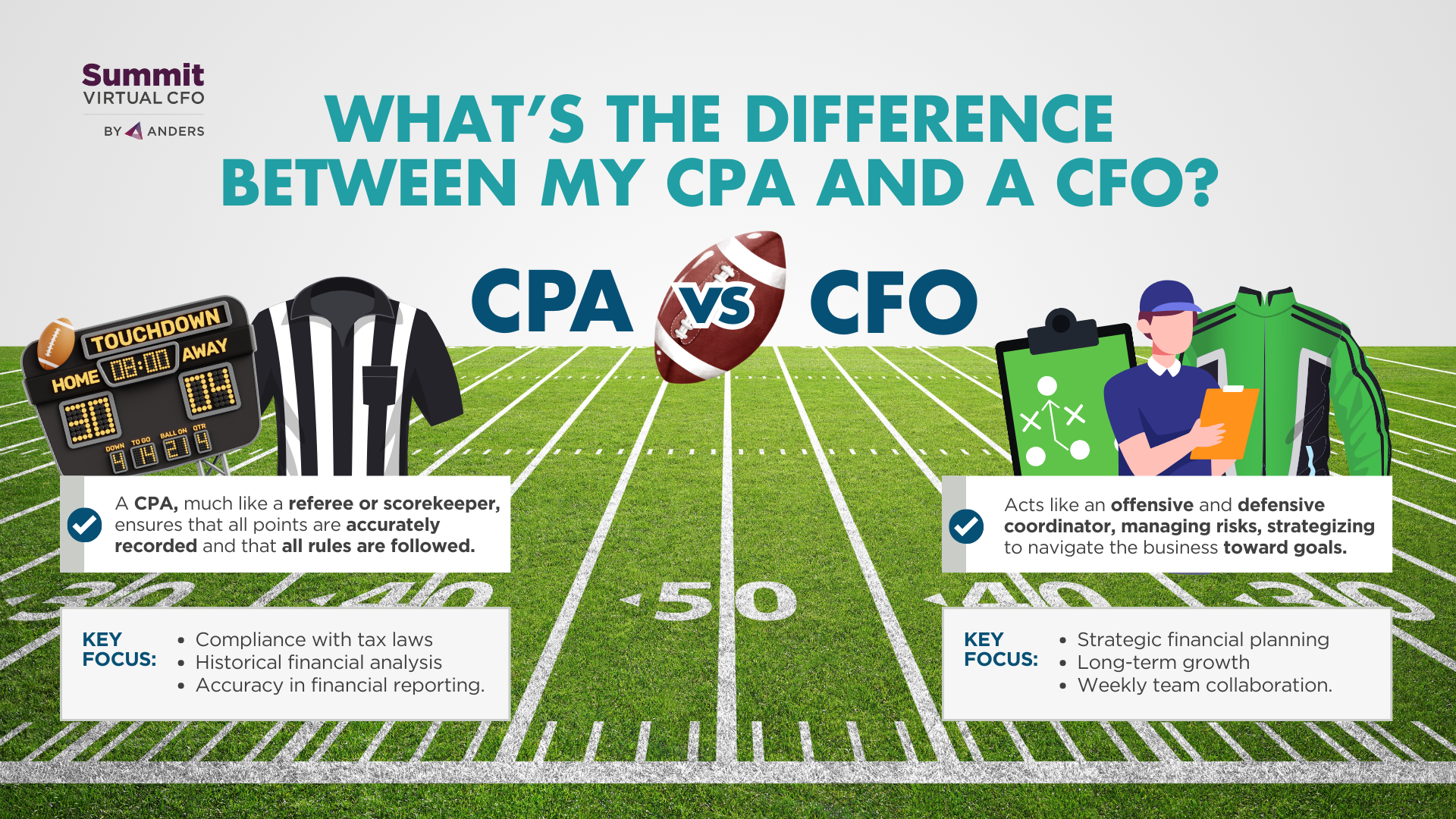 One very useful tool for a business is a “breakeven analysis”. What does this mean? Breakeven is the point at which costs equal income, no profit and no loss. The breakeven point will give you an idea of where your business is and where it can go.
One very useful tool for a business is a “breakeven analysis”. What does this mean? Breakeven is the point at which costs equal income, no profit and no loss. The breakeven point will give you an idea of where your business is and where it can go.
Your breakeven analysis is the first step in planning for future growth. It shows how much sales volume you need to cover fixed and variable expenses. Once your company has reached breakeven, all gross profit beyond that point goes directly to improving the bottom line.
When would you use the breakeven analysis? It doesn’t matter if you are:
Starting a new business.
Expanding or downsizing your current business.
When approaching banks and other potential lenders.
A breakeven analysis helps with many business choices. However, it does have limitations.
Some examples are:
* It ignores the importance of cash flow.
* It makes the assumption that fixed and variable expenses will stay within the parameters that were used to calculate the breakeven point.
How do you calculate your breakeven point?
Review your annual financial statements to learn your fixed and variable expenses.
* A fixed expense does not vary in relation to sales volume. Some examples of fixed expenses are things such as rent, utilities, insurance, and depreciation.
* Variable expenses are the cost of goods sold and other costs of sales, such as direct labor and sales commissions.
* Some costs may be part fixed and part variable. You will need to split these into separate categories based on your knowledge of your business.
* Calculate your gross profit percentage by dividing your net sales less your cost of goods sold by your net sales. Then divide your fixed costs by your gross profit percentage to arrive at breakeven. For example: If your fixed costs are $10,000 and your gross profit percentage is 25%. Your breakeven point is sales of $40,000 ($10,000 ÷ 25% = $40,000).
.png?width=120&height=77&name=Summit-Virtual-CFO_color_rgb%20(1).png)















